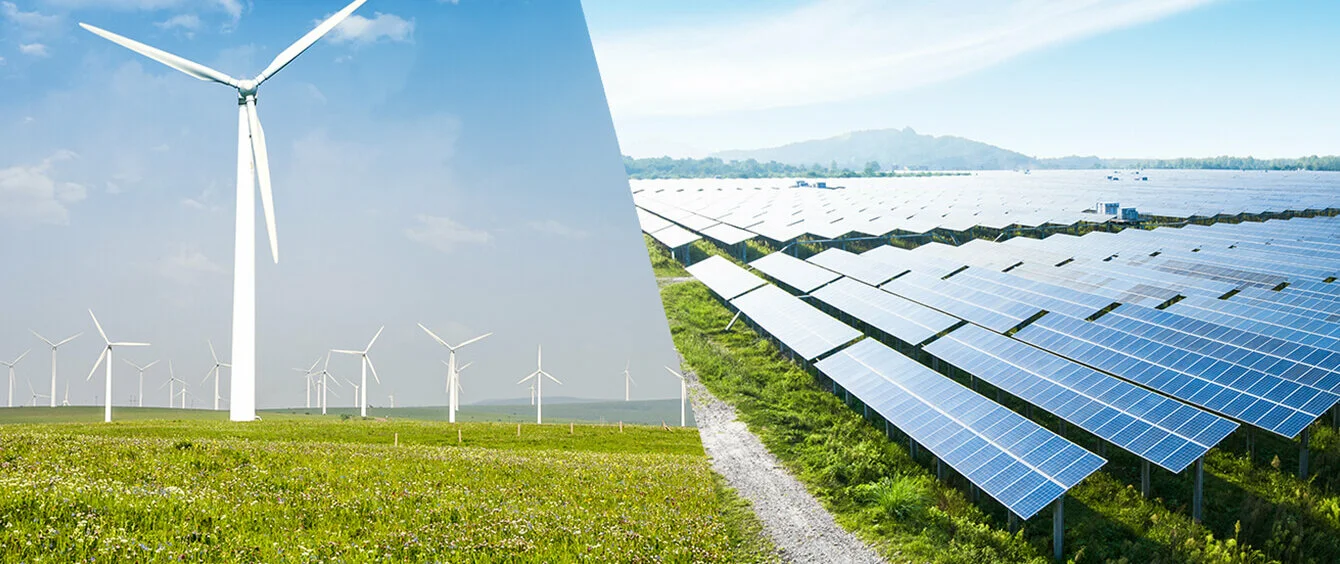The expansion of renewables is reflected in the production data: The first half of 2018 was the first time that wind and solar power, together with other renewables, contributed more to German power production than lignite and hard coal combined.
“The gradual, market-driven exit from coal is already running at full tilt. Renewables are on the march,” said Stefan Kapferer, Chairman of the General Executive Management Board of the German Association of Energy and Water Industries (BDEW), referencing the published figures. “However, accelerated power grid expansion is more important than ever, so that renewables can be integrated into the energy system,” according to the BDEW press release (german only).
BDEW reported that renewables were responsible for generating almost 118 billion kilowatt hours (kWh) of electricity in the first six months of this year. This represents an increase of more than ten percent compared to the same period of the previous year (107 billion kWh) and roughly 3.5 percent more than the production of lignite and hard coal combined. A study by the Cologne Institute for Economic Research (IW) had already indicated that renewables were on track to setting a new record.
Climate protection: Is the 2020 goal feasible for the energy sector after all?
The newspaper Frankfurter Allgemeine Zeitung (FAZ) also ran a story on the decline in CO2 emissions during the first half of 2018. This decrease was driven by the high feed-ins from renewables, as a result of which electricity generation from coal and gas dropped sharply. The biggest impact was seen for hard coal, with a drop of approximately 20 percent compared to the same period last year. Along with the high world market prices for hard coal, the key factor behind this development was the steep increase in prices of emission allowances due to the reform of the European Emissions Trading System.
Many experts now believe that the energy sector will achieve its climate goals for 2020. FAZ quoted Rolf Martin Schmitz, CEO of RWE, as follows: “If one extrapolates the very positive development of renewables in the first half of the year to 2020, the energy sector will achieve its reduction targets, and perhaps even overshoot these targets slightly, without the need for any additional power plant closures. So there’s no need to dictate a symbolic end-date for phasing out coal.”
Photo credits: fuyu liu, shutterstock.com; Wang An Qi, shutterstock.com
